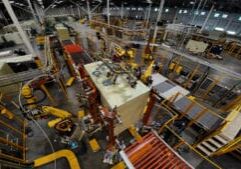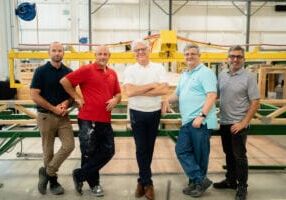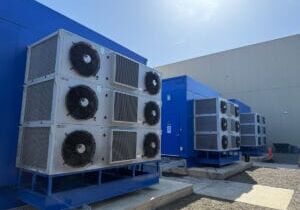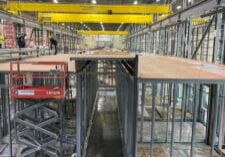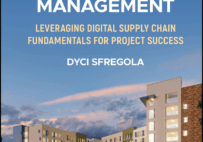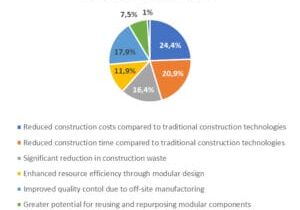The Blueprint for Accountability: How Mastery, Autonomy, and Purpose Drive Performance in Construction & Manufacturing
Building a High-Performance, High-Connection, High-Accountability Culture
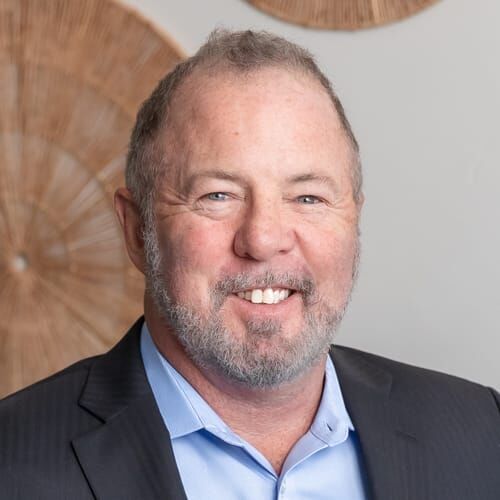
HR Huntsman is a speaker and coach at Leader's Edge.
Accountability is one of the most critical elements of a thriving organization, yet many leaders in the construction and manufacturing industries struggle to create a culture where it truly thrives. High-performance teams require more than just technical skills and efficiency—they need strong accountability, alignment with the company’s vision, and a deep sense of ownership.
Yet, accountability often gets a bad reputation. It is frequently associated with micromanagement, fear, and punitive action. In reality, true accountability is about empowerment—setting clear expectations, fostering autonomy, and ensuring that every team member takes ownership of their role.
So, how can leaders foster a high-performance, high-connection, high-accountability culture in industries where precision, efficiency, and execution are paramount? The answer lies in focusing on three essential components:
- Mastery – Developing expertise and ownership.
- Autonomy – Giving teams control over their success.
- Purpose – Connecting work to a bigger mission.
When these three elements are in place, accountability becomes not just a requirement, but a natural outcome of a highly engaged, self-motivated workforce.
The Power of Accountability in Modular Construction & Manufacturing
In industries where deadlines are tight, labor shortages are common, and profit margins depend on efficiency, accountability is a performance multiplier.
So, how do we embed accountability into the DNA of our organizations? It starts with mastery, autonomy, and purpose—three principles that create a culture of ownership, motivation, and results.
1. Mastery: Building Skill & Ownership
In modular construction and manufacturing, skill and expertise define success. When a team is deeply invested in mastering their craft, they take more pride in their work and naturally hold themselves accountable for delivering excellence.
By investing in mastery, leaders create a workforce that takes pride in their craft and owns their performance.
2. Autonomy: Giving Teams Control Over Their Success
One of the biggest accountability killers in any organization is over-management. When leaders control every decision, teams lose their ability to think critically and take initiative.
When autonomy is structured properly, it builds self-accountability because team members own their decisions and results.
Spotify is known for its high-autonomy culture, particularly through its Squad Model, which allows small, cross-functional teams to operate like mini-startups within the company.
Each squad has the autonomy to decide what to build, how to build it, and how to collaborate, as long as they align with the company’s overall mission. Engineers, designers, and product managers work without layers of approvals, leading to faster innovation and high ownership.
For example, when Spotify wanted to improve its Discover Weekly feature, a small squad ran experiments without waiting for executive buy-in. Their autonomous approach led to one of Spotify’s most-loved features, boosting user engagement and setting an industry standard for personalized playlists.
Autonomy doesn’t mean zero oversight—it means setting clear expectations and allowing teams to execute without being micromanaged.
3. Purpose: Connecting Work to a Bigger Mission
In modular construction and manufacturing, it’s easy to view work as just tasks to complete—installing ducting, building a frame, assembling parts. But when teams see their work as part of a greater mission, accountability becomes personal.
People work harder when they feel connected to something bigger than themselves.
Most team members don’t eat, sleep, and breathe the organization’s mission the way leadership does. Each person has their own dreams, aspirations, and personal goals—their own purpose.
This is where strong connection becomes a game-changer. When leaders take the time to truly understand their team members’ ambitions and show a genuine desire to help them succeed, engagement skyrockets.
At the core, people want to know they matter. People want to know they belong.
Leaders who foster this level of connection create teams that are not just accountable—but deeply committed to the bigger vision.
Practical Strategies to Embed Accountability
1. Use Success Trackers
- Implement Leading & Lagging KPIs to measure both activity (leading) and results (lagging).
- Use a color-coded stoplight system (Green = On Track, Yellow = Needs Attention, Red = Off Track).
- Meet weekly or bi-weekly to review progress, remove roadblocks, and recalibrate.
2. Create a Culture of Radical Ownership
- Train leaders to ask: “What part of this outcome do I own?”
- Encourage employees to focus on solutions, not excuses.
- Embed accountability into performance reviews and promotions.
3. Lead with Coaching, Not Control
- Shift from command-and-control leadership to coaching-based leadership.
- Ask questions that drive ownership, like:
- “What’s your plan to fix this?”
- “What could you do differently next time?”
4. Reinforce Accountability with Recognition
- Publicly recognize employees who own their responsibilities.
- Reward initiative, problem-solving, and reliability.
Conclusion: Building a Culture of Ownership & Excellence
A truly great workplace is one where accountability isn’t forced—it’s embraced. Leaders in construction and manufacturing who build cultures focused on Mastery, Autonomy, and Purpose will see:
Are you empowering your team to own their success, or are you holding them back?
By investing in mastery, autonomy, and purpose, you can Level UP, Play BIG, and drive accountability that leads to extraordinary results.
More from Modular Advantage
Resia: Breaking All the Rules
Resia Manufacturing, a division of U.S.-based Resia, is now offering prefabricated bathroom and kitchen components to industry partners. Its hybrid fabrication facility produces more precise bathroom and kitchen components (modules) faster and at lower cost than traditional construction. Here’s how Resia Manufacturing does it.
How LINQ Modular Innovates to Bring Modular To The Market in the UAE and Beyond
LINQ Modular, with an office and three manufacturing facilities in Dubai, is a modular firm based in United Arab Emirates. The company is on a mission: to break open the housing and construction markets in the Gulf Cooperation Council (GCC) area with modular.
ModMax: Redefining Modular Construction with Confidence and Precision
ModMax was born out of frustration—frustration with five persistent pain points in modular construction: Permitting bottlenecks. Production delays. Rigid designs. Disconnect between “the office” and the field. Lack of transparency and communication.
LifeArk: Disaster-Resilient Housing from Recycled Plastic and 100-year-old Technology
Wee compares LifeArk’s housing units to Yeti coolers, as they are built similarly. Each component takes 15 to 20 minutes to manufacture, has an R-value of 40, and includes molded slots and chases for wiring, plumbing, fire sprinklers, and other utilities.
Building the Future of Modular Edge Infrastructure
The edge data center market is expanding rapidly, driven by the surge in AI workloads, IoT adoption, and the need for localized compute power. In these environments, sustainability, scalability, and reliability are non-negotiable. Cooling is among the most complex challenges for operators—and one of the most decisive factors in long-term success.
Accelerating Light-Gauge Steel Construction: A Semi-Automated Digital Workflow for Off-Site Projects
For construction professionals, the message is clear. By adopting semi-automation and digitalization, companies can deliver projects faster, more accurately, and more profitably, while also building stronger collaboration across teams. The approach is not about replacing people with machines, but about empowering people with better tools and processes.
Why Modular Data Centers Are Gaining Momentum
Artificial intelligence, high-performance computing, and edge applications push the limits of traditional “stick-built” data centers. They take years build, often struggle with high density workloads, and aren’t optimized for deployments near end users. Modular data center platforms are purpose-built to address these challenges, offering flexibility and scalability to adapt to evolving technologies, while opening new opportunities for the modular construction industry.
Supply Chain Innovation in Action: 5 Habits Every Modular Leader Should Practice
By applying these principles to supply chain practices — collaborative planning, strategic procurement, scenario modeling, digital tools, and transparent forecasting — construction leaders can build value chains that are not just efficient and agile, but truly innovative.
Exploring the Role of Modular Integrated Construction (MiC) in Advancing Circular City Principles – A Survey of Stakeholder Perspectives
The survey findings highlight the significant potential of Modular integrated Construction (MiC) in advancing the development of circular cities. By reducing costs, accelerating construction timelines, and minimizing waste generation, MiC offers a promising approach to sustainable urban development.
The Use of MS POLYMER™-Based Sealants and Adhesives in Modular Building
These products combine flexibility and elastic recovery with excellent adhesion to different substrates and have already shown their usefulness in traditional construction. Now it’s time for them to be put to use in the modular construction industry.

